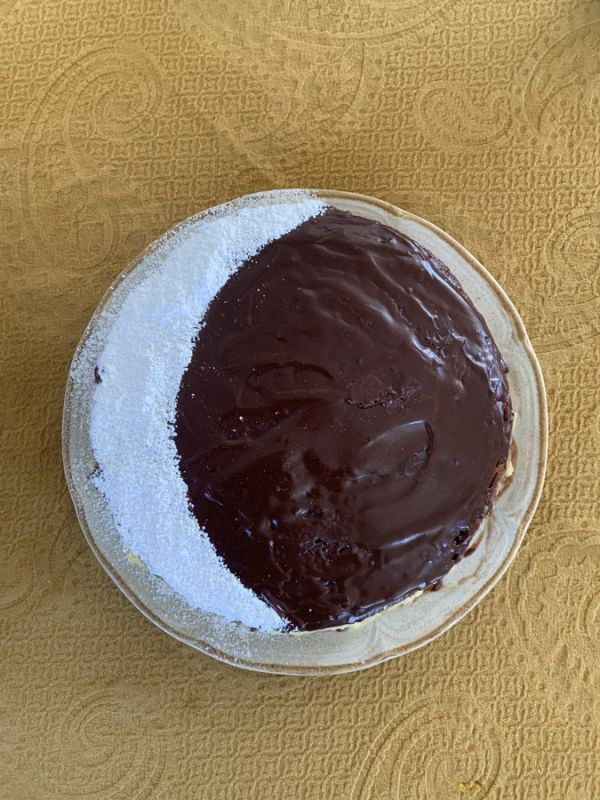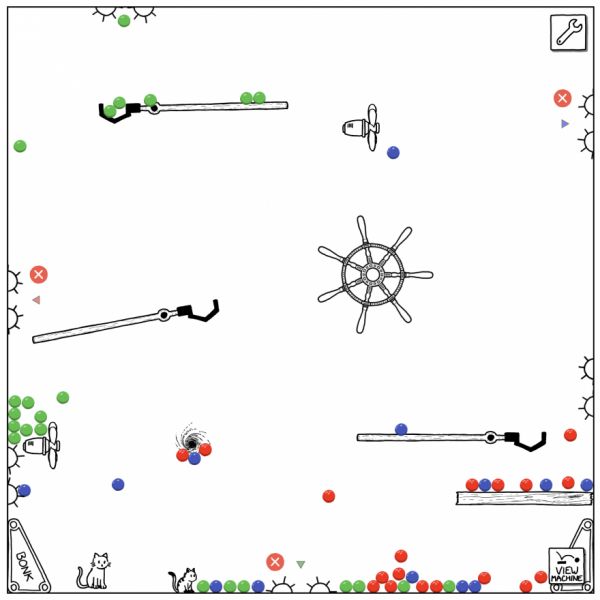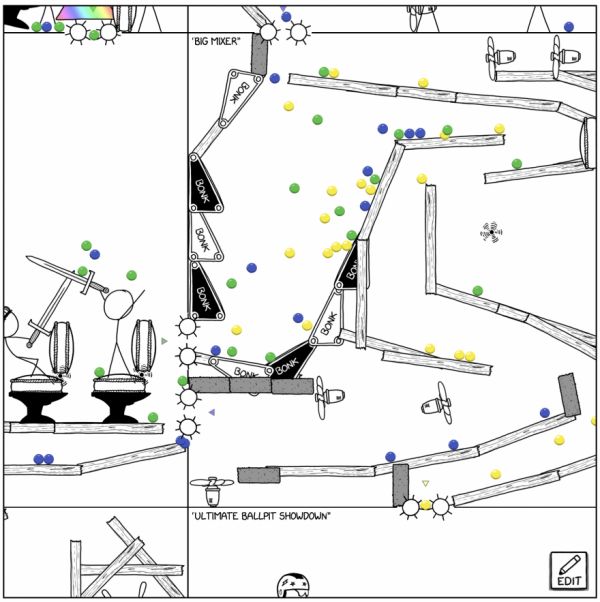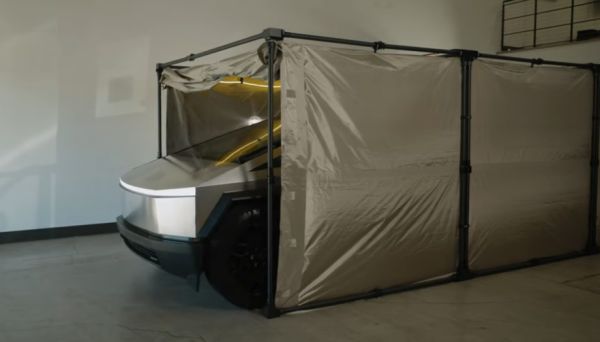Where’s the last place you want to be during an earthquake? For Justin Allen, it was the urology clinic. https://t.co/0wywGLXPX2
— WIRED (@WIRED) April 6, 2024
Last Friday, a mild but rare earthquake hit the New York area. Just a slight tremor, but enough that everyone called around to make sure it wasn't their imagination. Justin Allen, on the other hand, was in the most delicate situation at the time- in the middle of his vasectomy. The doctor explained the procedure thoroughly, and that it would take around twenty minutes. But ten minutes in, the room started shaking. Allen thought it might be a nearby train, but then the doctor stopped and put his instruments down. The urologist mentioned an earthquake, and Allen thought he was joking, trying to lighten the mood. But it was a singular timing coincidence for Allen.
In an interview with Wired, Allen said that the doctor asked how long does an earthquake normally last. He waited several minutes before resuming the surgery. We are glad that that unnerving moment turned out all right in the end. -via Damn Interesting













